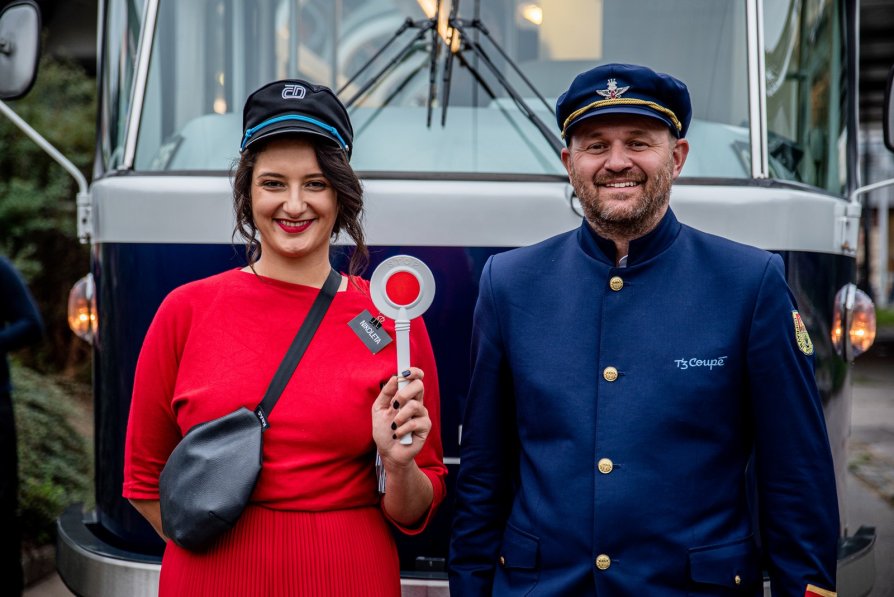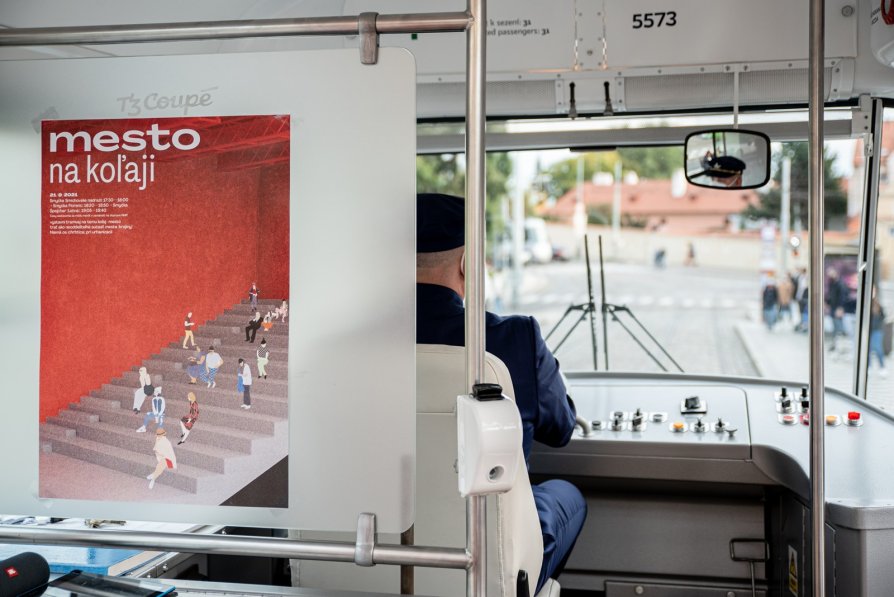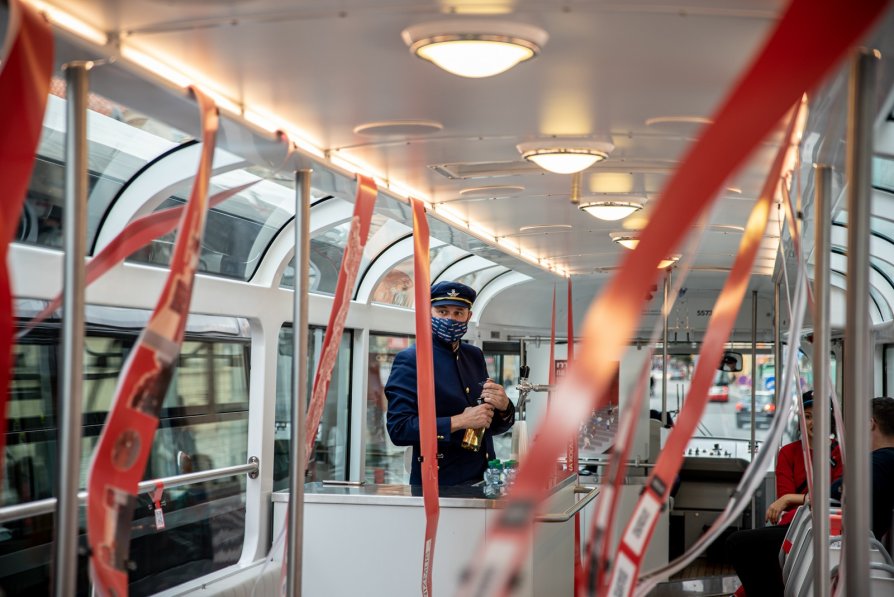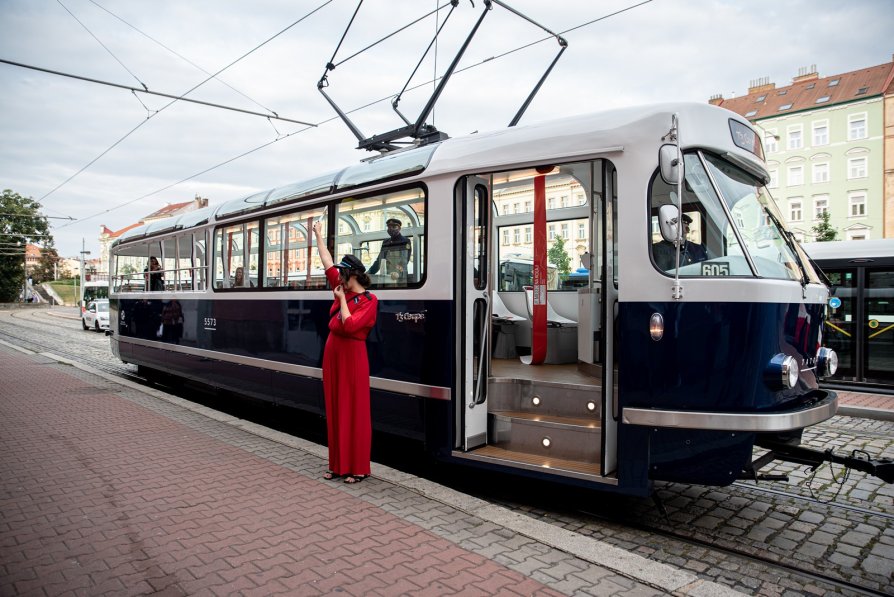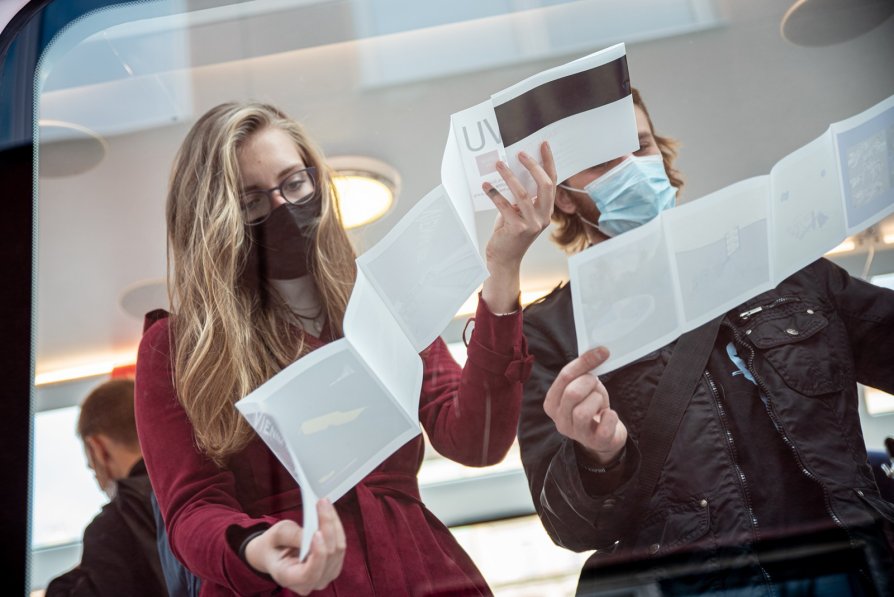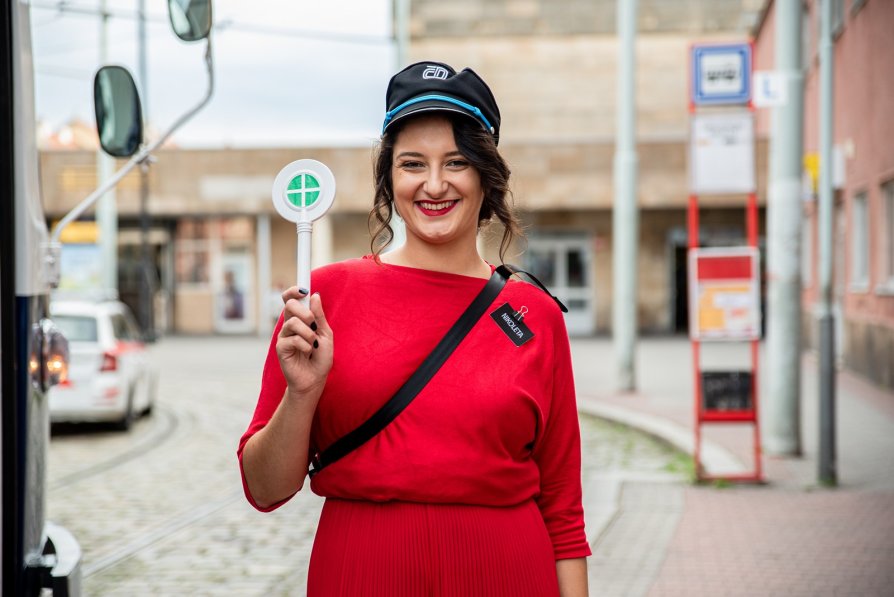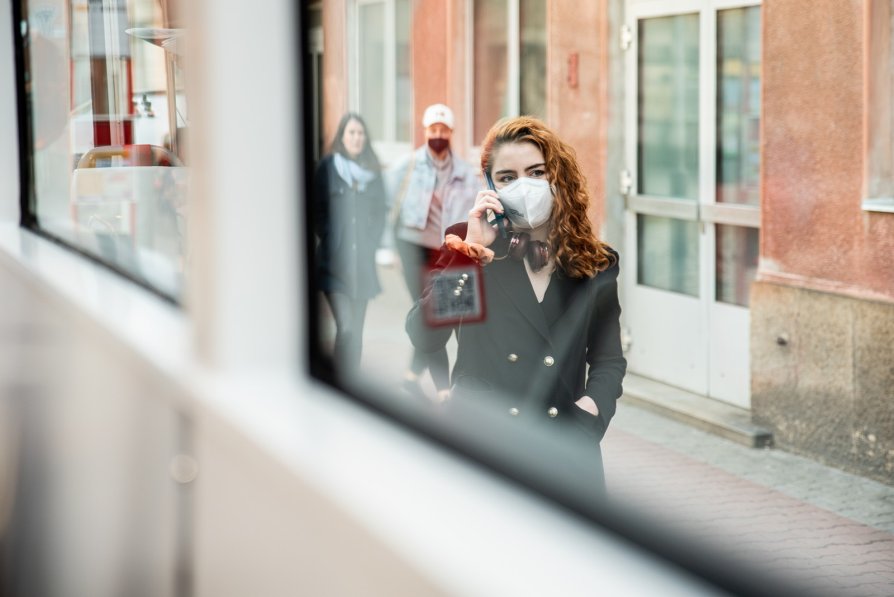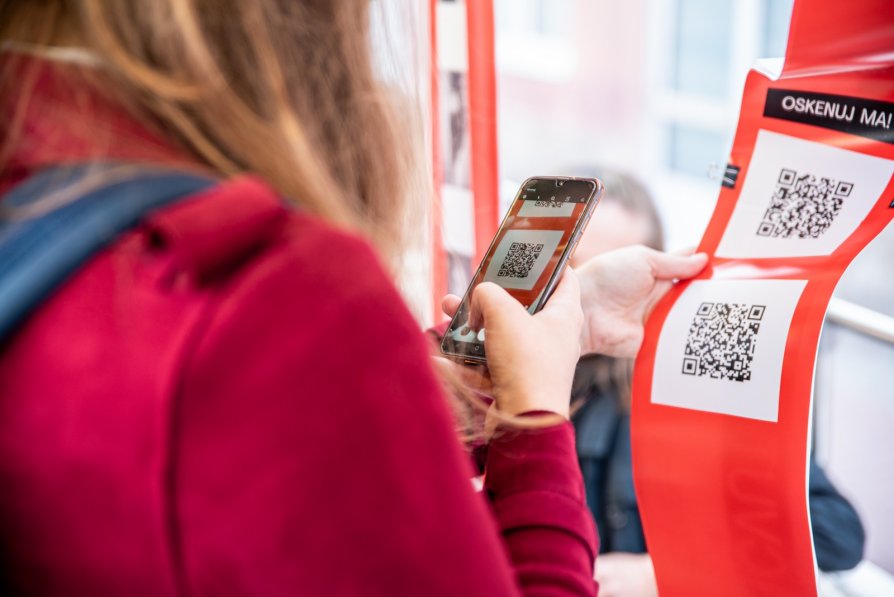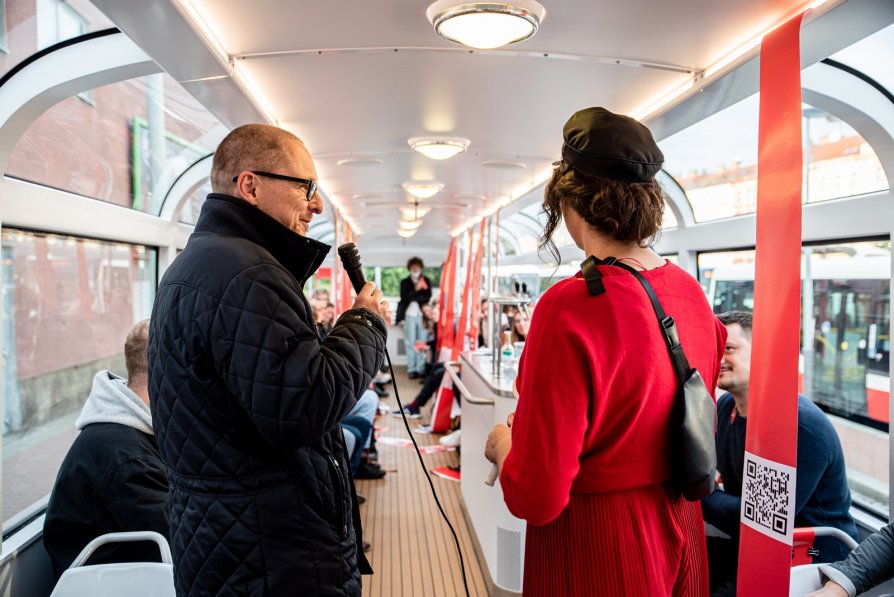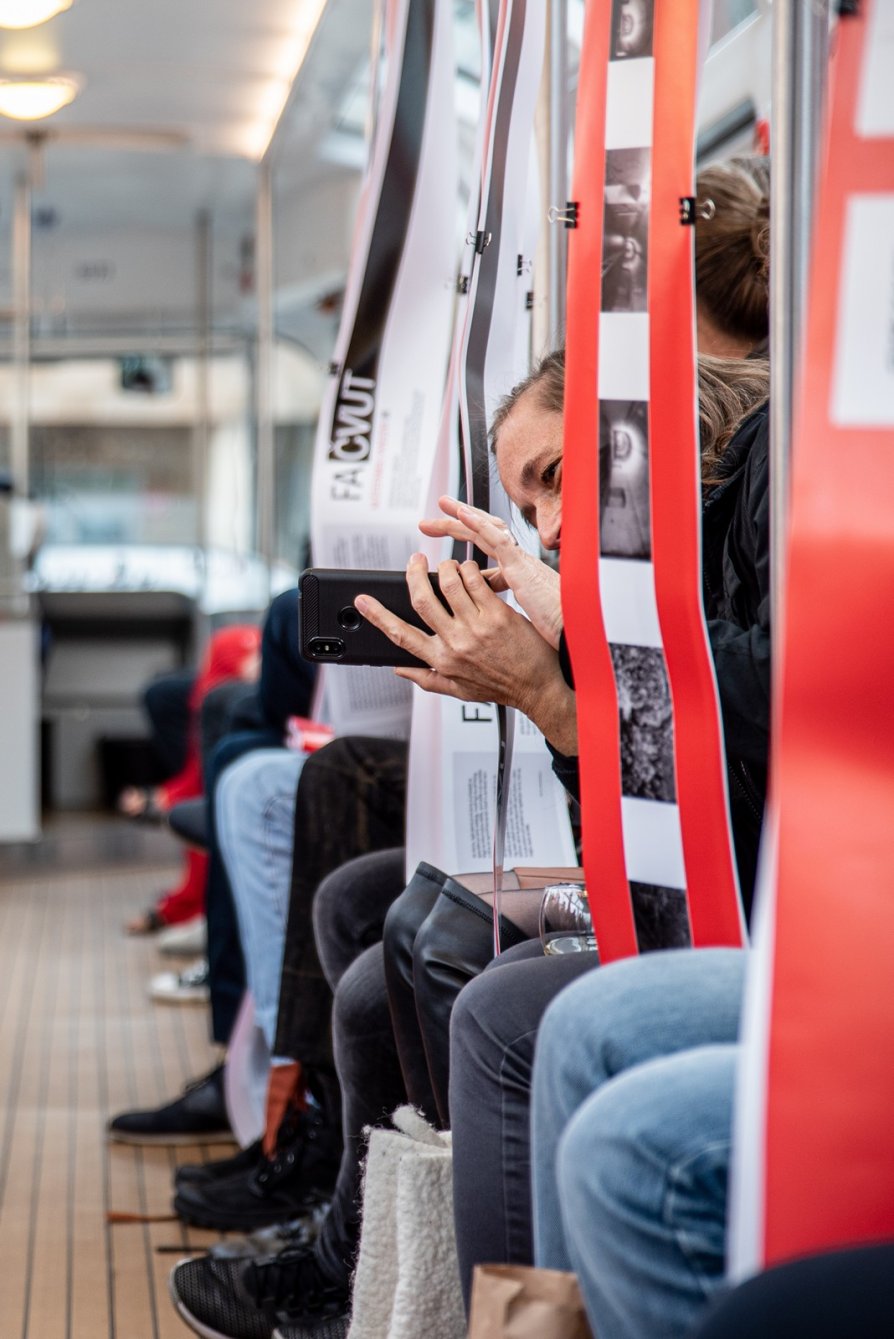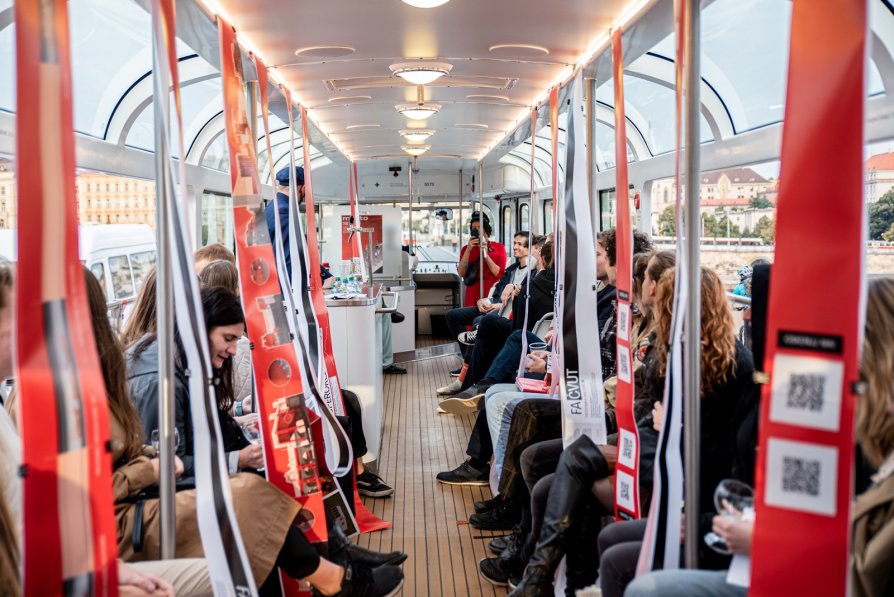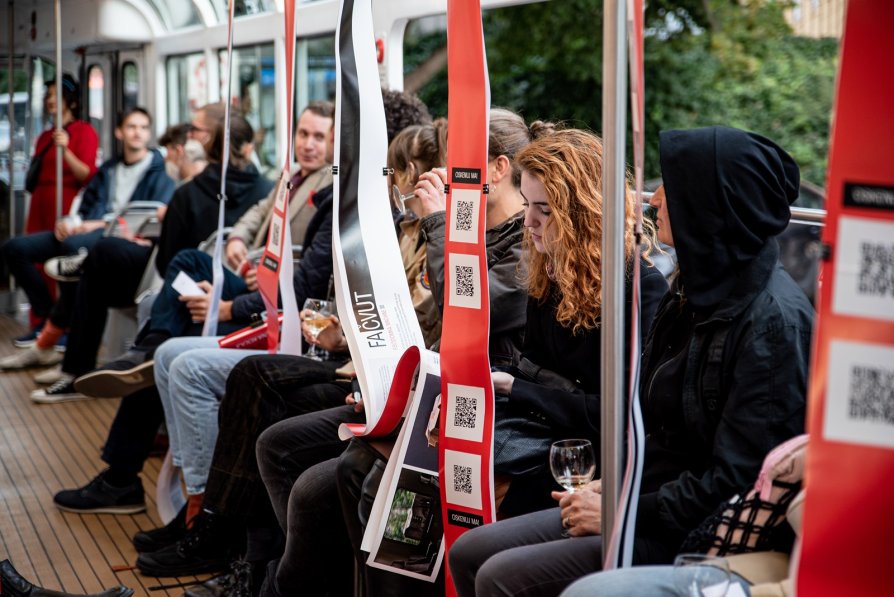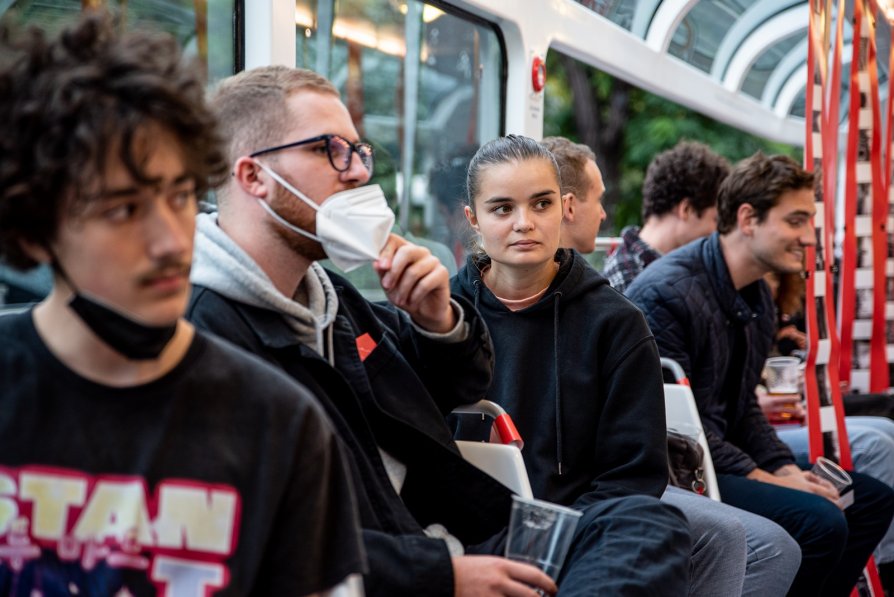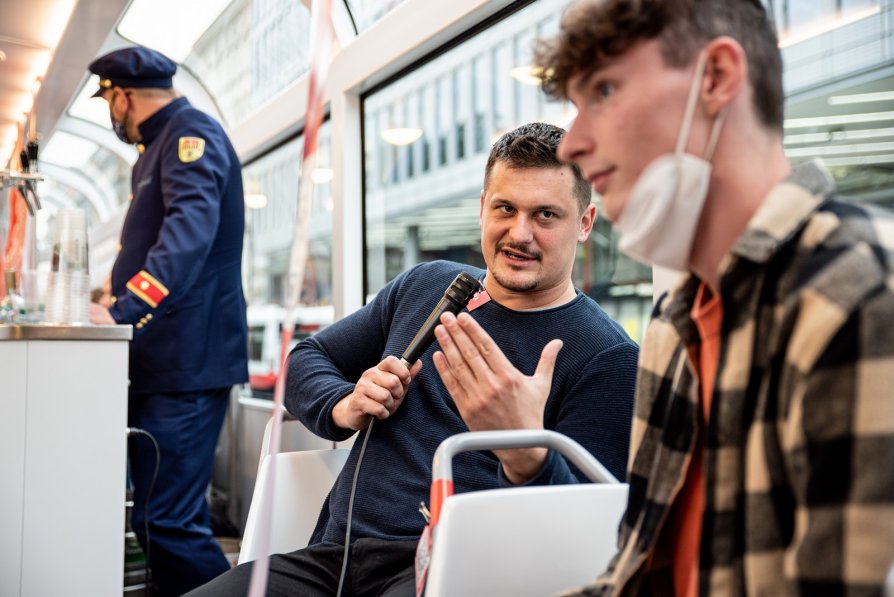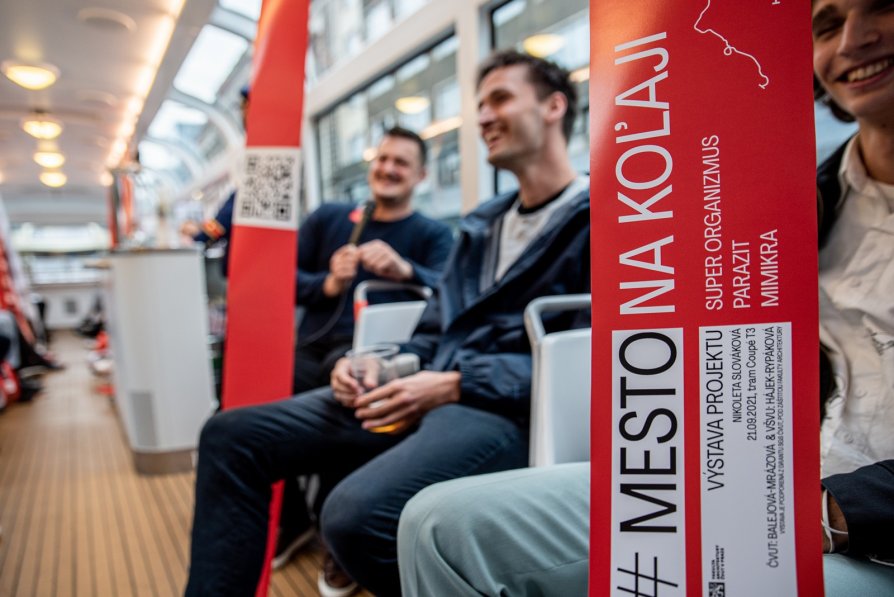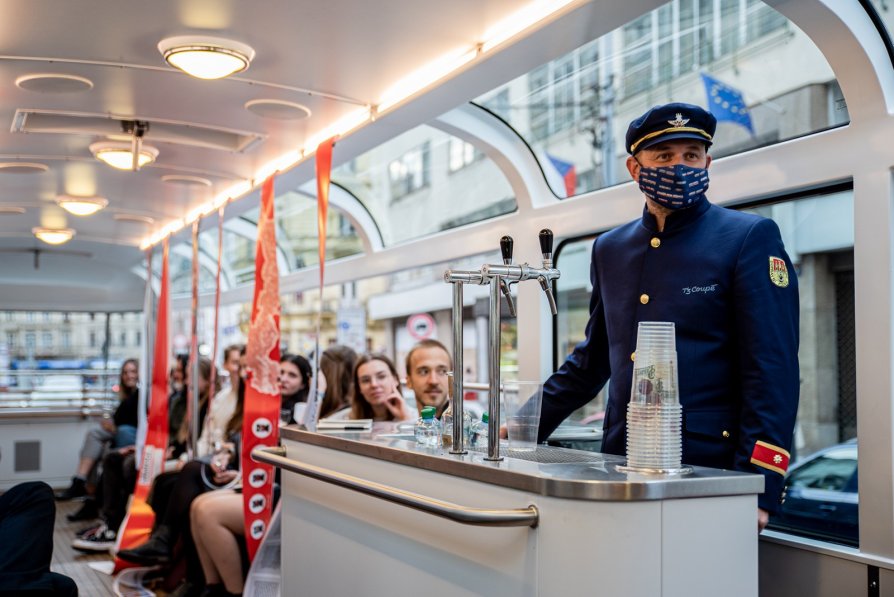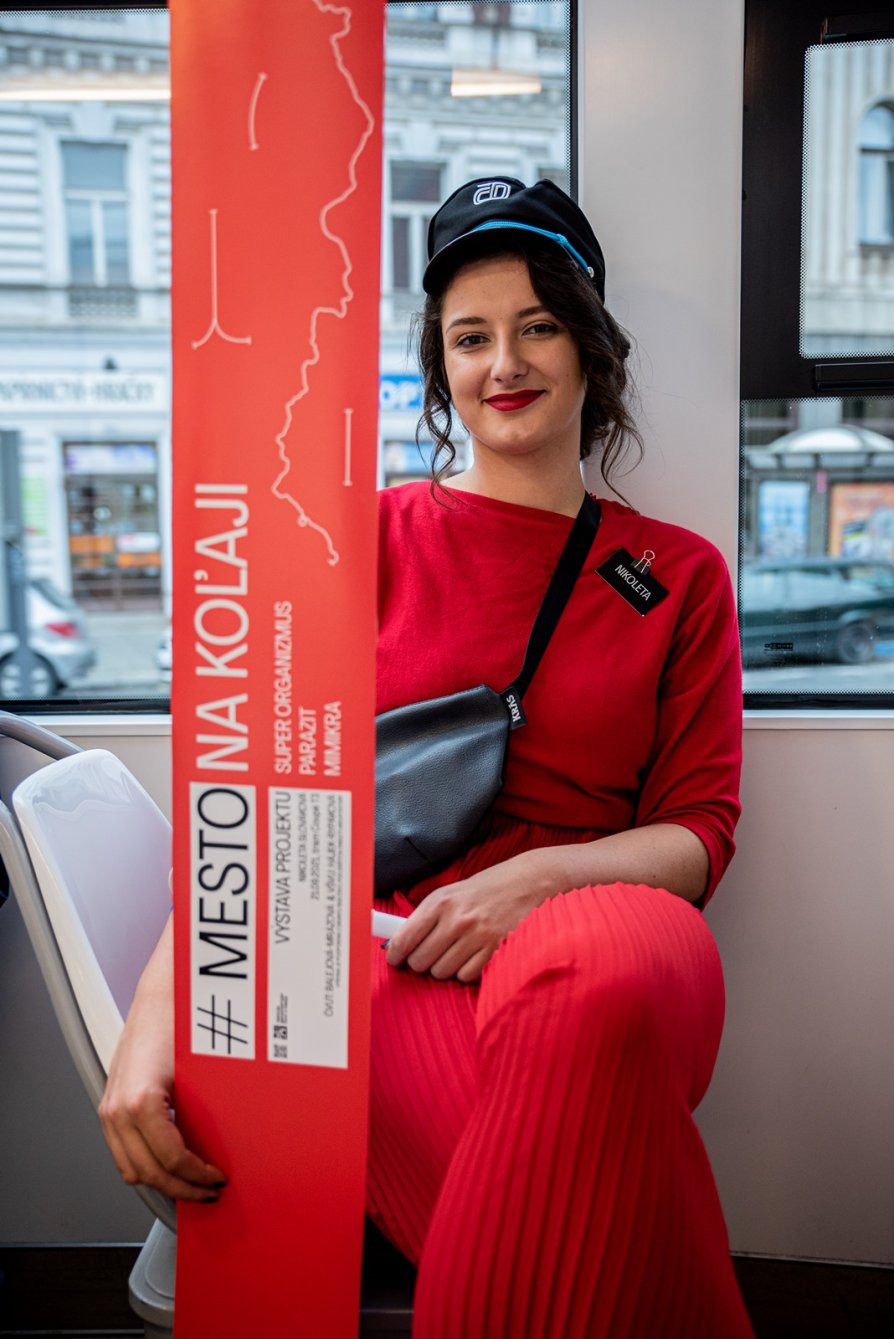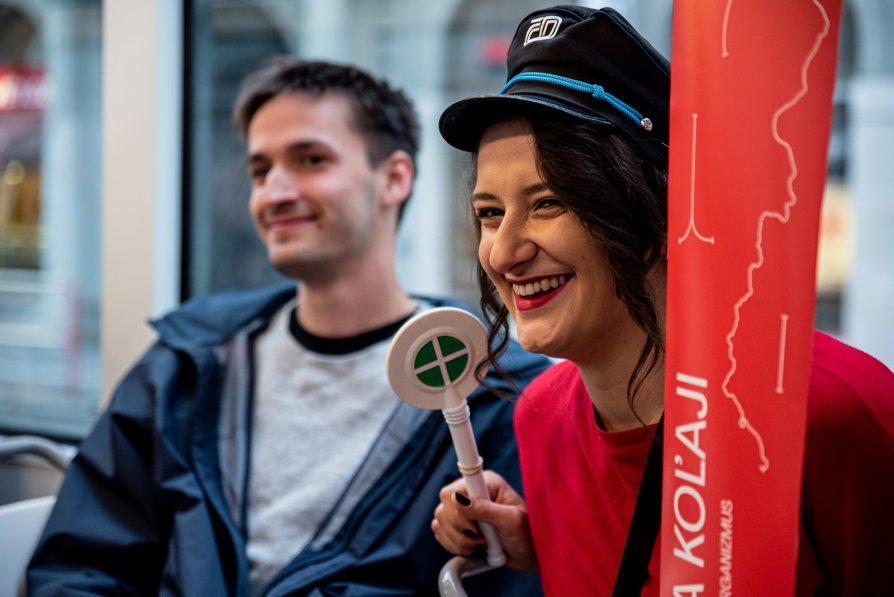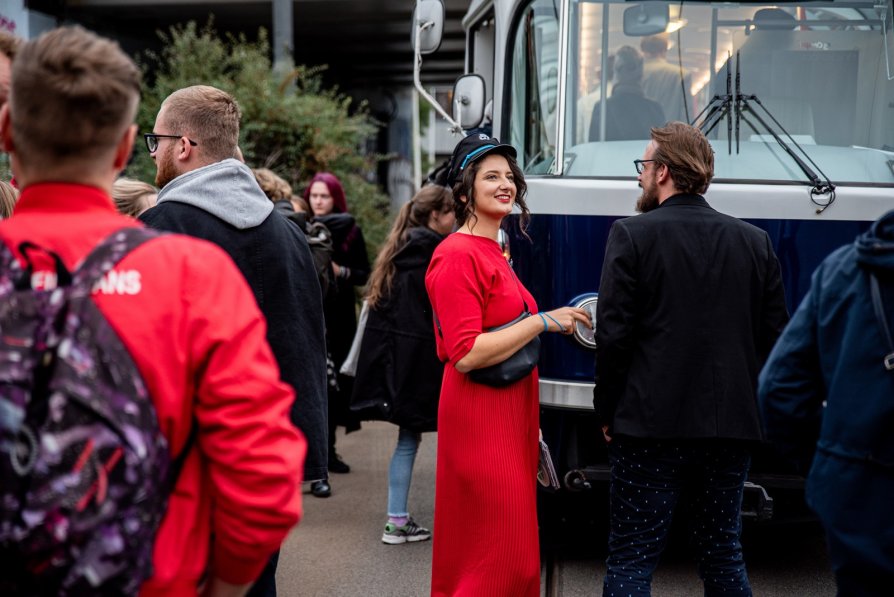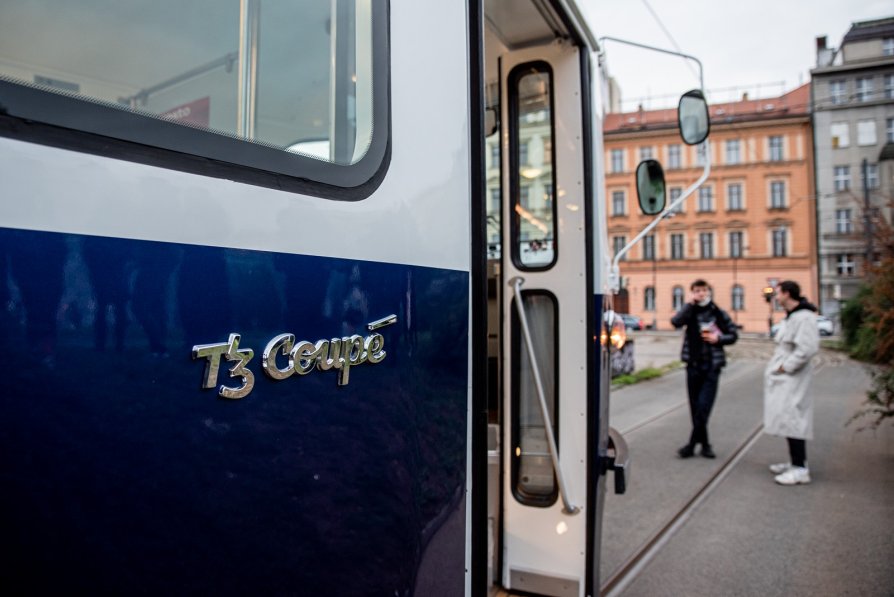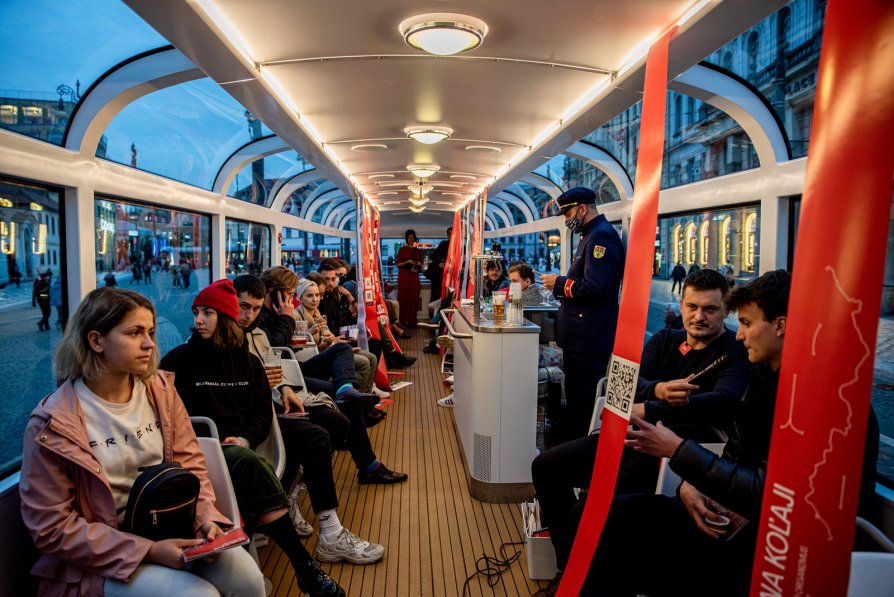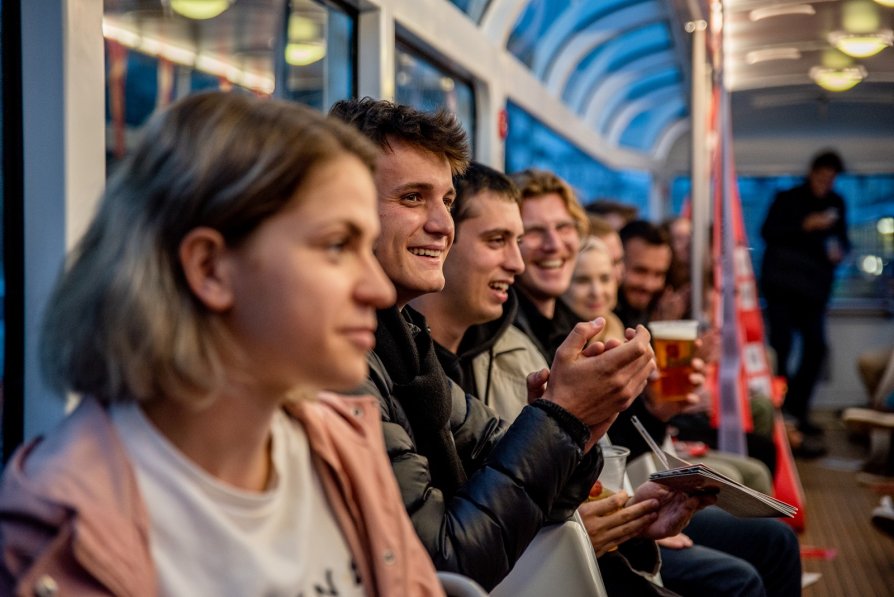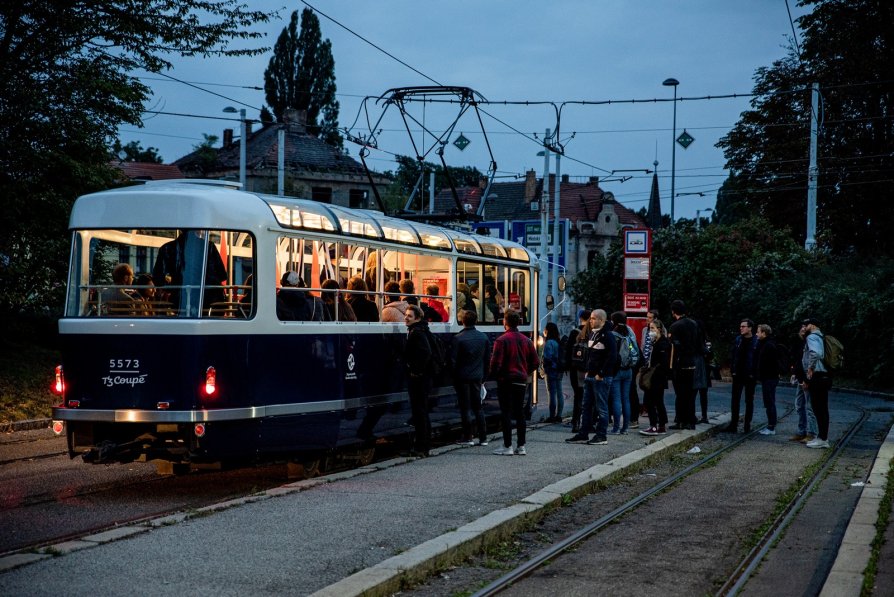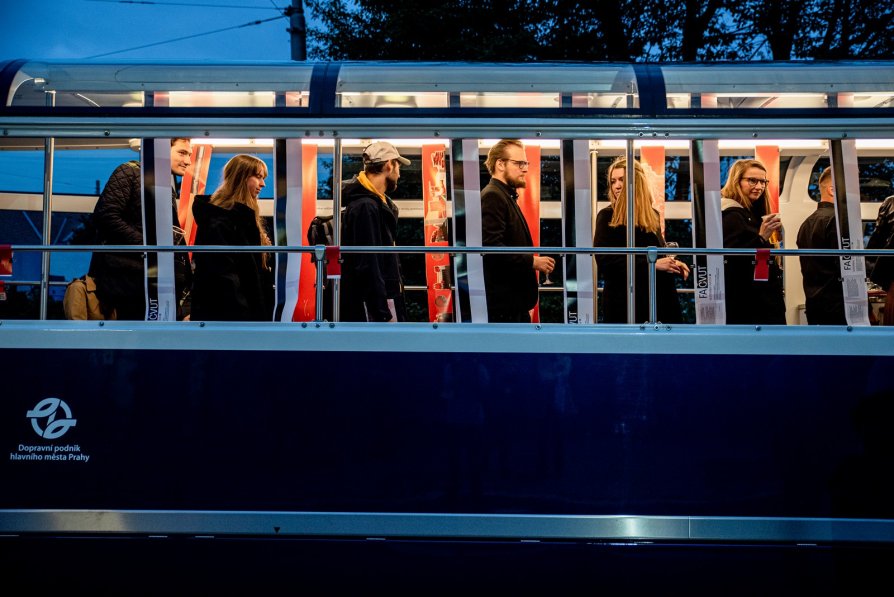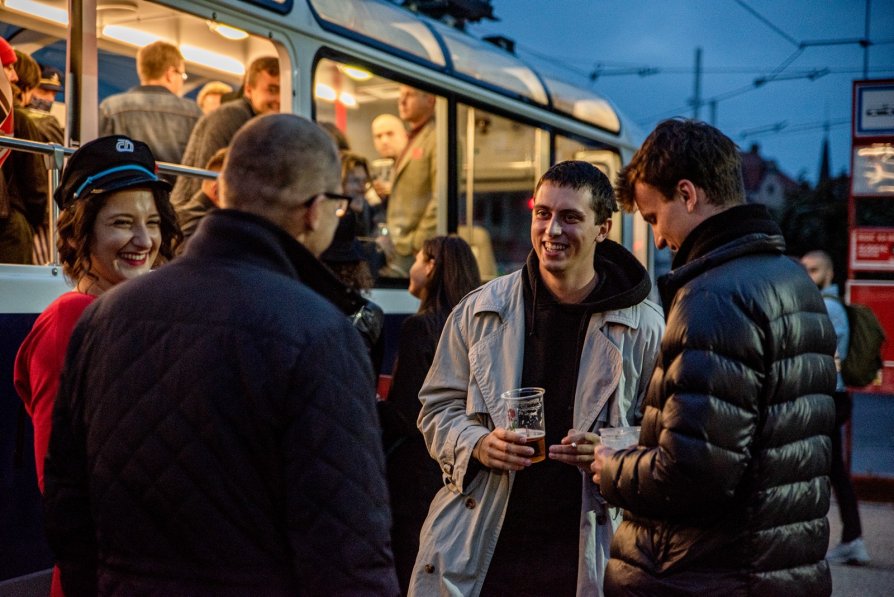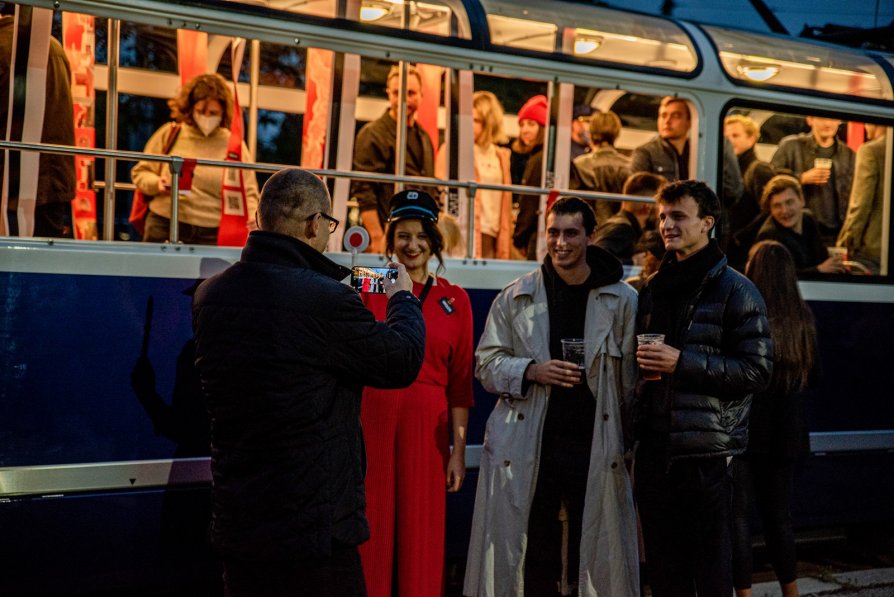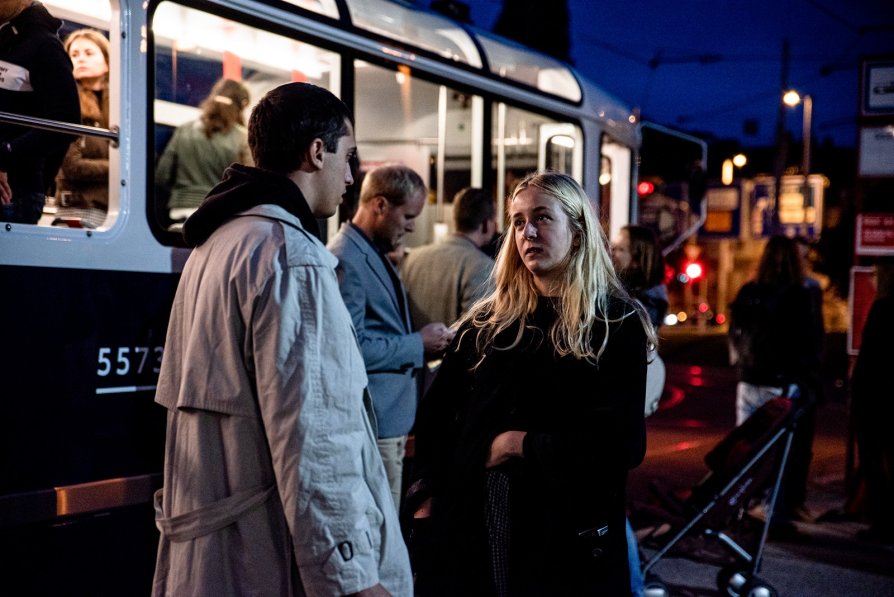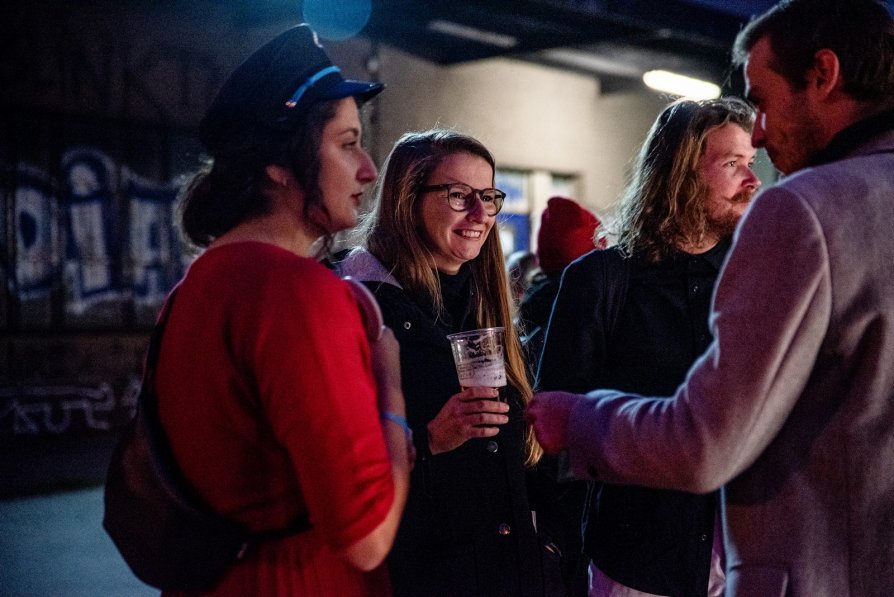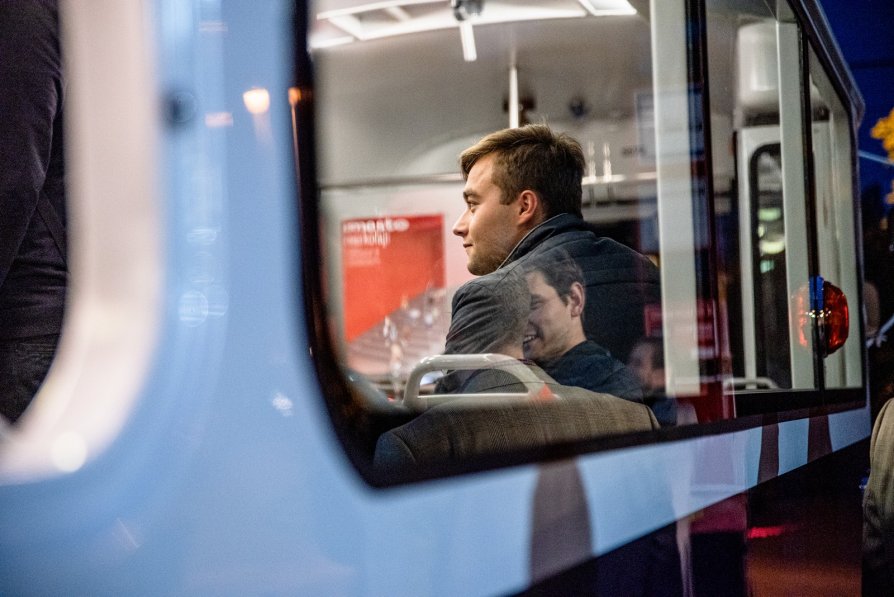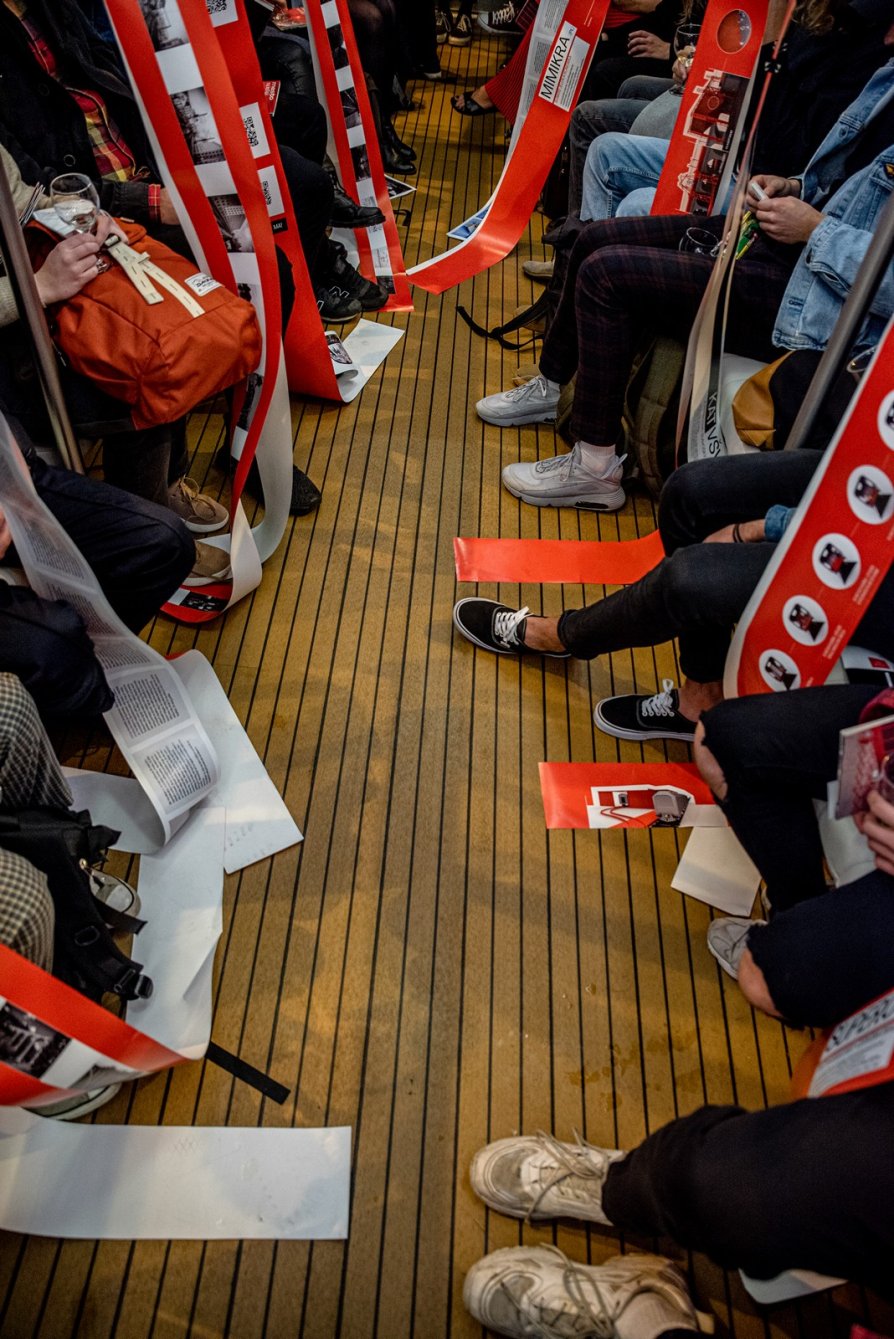City on Track
The exhibition City on Track presented the results of a research project by Nikoleta Slováková, a Ph.D. student at the Faculty of Architecture of the CTU in Prague. Her research focused on the revitalisation of railway lines and the buildings belonging to them into cultural institutions. She sees the railway line in the city not as an obstacle, but as an integral part, the main axis of urbanization.
In the work, the artist has created a selection of linear sites – from radical utopian cities to contemporary tendencies that fundamentally influence the creator's work. She applied the research to case studies in three countries (Slovakia, Czech Republic and Poland). In each country she focused on a different problem, which she tried to understand and turn the negatives of the site into positives.
1. SUPERORGANISM – Slovakia, track: Margecany – Červená Skala 2020
This track is a railway line of local importance connecting the centre and east of Slovakia. It is called one of the most beautiful lines in Slovakia. In the project, the author did not seek to add missing features to a single object that would improve the quality of life in the valley, but to create a large-scale "superorganism" within the country.
The author proposes to repair and supplement the linear network with new stops. She tries to understand the space of a railway stop as a hybrid between a hangar for a train module, in which a new functional unit of amenities is always inserted, and a classic waiting station.
2. PARAZITE – Czech Republic, Negrelliho viaduct 2017
The Negrelli Viaduct is historically the oldest railway bridge over the Vltava River. It reaches almost 1.5 km. It connects the historic city centre with the "Art District" Prague 7. The bridge is an important transport link from the Masaryk railway station to the Prague-Bubny station and beyond, therefore it is not possible to consider changing its function only as a public space for pedestrians. The project is looking for a way in which the traffic structure can become a new urban quarter and a secondary layer of public space in the centre of Prague, without disrupting the traffic flow.
The work focuses on adding cultural and social institutions to locations where they are lacking, thus creating an independent creative linear city on the viaduct. It brings with it a new transport link, a new means of transport and experimental spaces (pavilions) that are placed above, next to or under the stone structure of the bridge.
3. MIMICRY – Poland, Bunkers Konewka / Jeleń 2021
The Konewka bunkers served as one of Hitler's three main command centers on the Eastern Front. In 2005 they were converted into a museum. It is located in the forest near the town of Spała in the former German command post complex Gefechtsstand "Anlage Mitte". The bunker is 380 metres long and consists, among other things, of a railway tunnel.
In this research, the author was concerned with revitalizing the space without major interventions in the building and at the same time creating a multifunctional space. She took advantage of the presence of the railway tracks, which makes the building easily transformable into an exhibition, theatre, music hall, etc.
The exhibition also presented projects by students of the FA ČVUT studio Balejová–Mrázová and VŠVU studio Hájek–Rypáková, who in the academic year 2020/2021 focused on the theme of railways.

